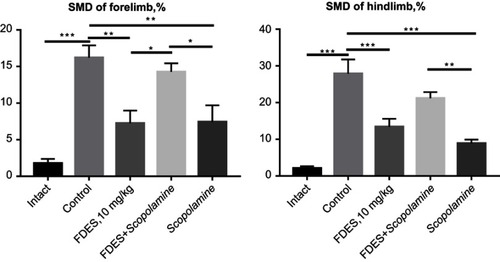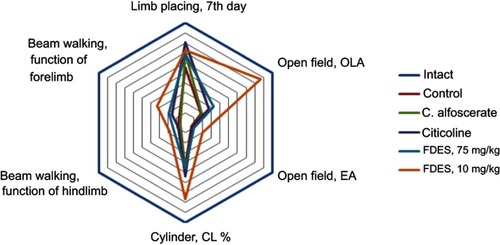Figures & data
Figure 1 bis-{2-[(2E)-4-hydroxy-4-oxobut-2-eneoyloxy]-N,N-diethylethanolamine} butanedionate (FDES) structure.
![Figure 1 bis-{2-[(2E)-4-hydroxy-4-oxobut-2-eneoyloxy]-N,N-diethylethanolamine} butanedionate (FDES) structure.](/cms/asset/c406be3b-37ed-4eef-8bd6-276385edc043/djep_a_12167251_f0001_b.jpg)
Table 1 Experimental groups
Table 2 The schedule of the experiments
Table 3 The influence of the drugs used in the experiment on the function of the limbs after TBI in the “Limb placing” test (Experiment 1)
Table 4 OMA and EA of rats in the “Open field” test (Experiment 1)
Table 5 Time spent in open and closed arms and OMA of animals in the “Elevated plus maze” on day 7 post-injury (Experiment 1)
Table 6 The frequency of contralateral forelimb using by animals in the “Cylinder” test on day 7 post-injury (Experiment 1)
Table 7 The severity of the sensorimotor deficit (SMD) of the contralateral forelimb and hindlimb of animals in the «Beam walking» test on day 7 post-injury (Experiment 1)
Figure 2 The influence of the drugs in the experiment on the function of the limbs after TBI in the “Limb placing” test (Experiment 2). Significant difference between groups: *P<0.05, ***P<0.001. Scopolamine abolished the beneficial effects of FDES in traumatized rats by day 7 post--TBI.
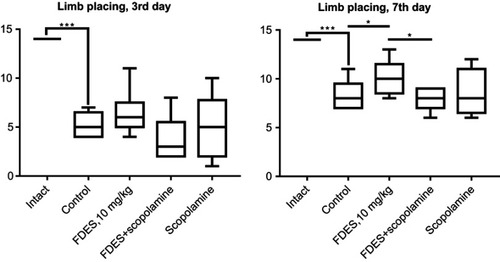
Figure 3 OMA and EA of rats in the “Open field” test (Experiment 2). Significant difference between groups: ***P<0.001. Scopolamine like an FDES at the dose of 10 mg/kg increased OMA in traumatized rats. Simultaneous administration of both agents abolished this positive effect.
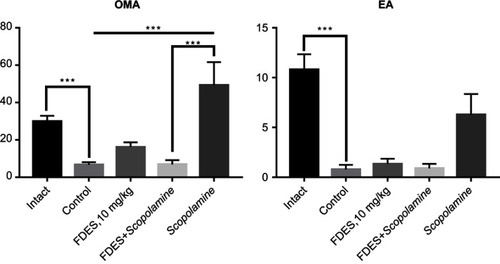
Figure 4 Time spent in open and closed arms and OMA of animals in the “Elevated plus maze” on day 7 post-injury (Experiment 2). Significant difference between groups: *P<0.001. Neither Scopolamine, nor FDES decreased OMA in traumatized rats, however, with the simultaneous administration this effect was observed.
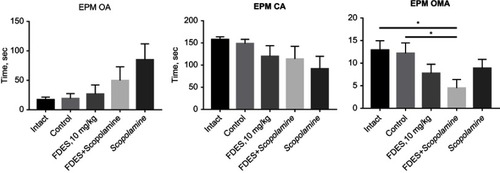
Figure 5 The frequency of contralateral forelimb use by animals in the “Cylinder” test on day 7 post-injury (Experiment 2). Significant difference between groups: ***P<0.001.
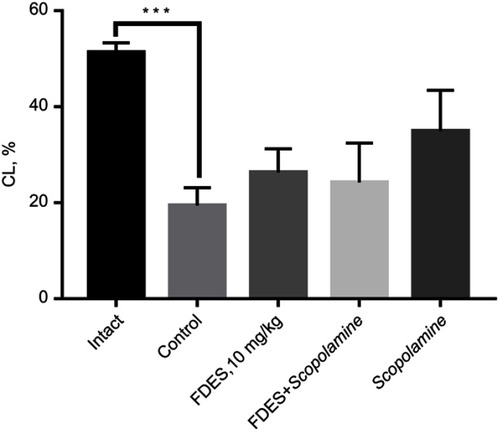
Figure 6 The severity of sensorimotor deficit (SMD) of the contralateral forelimb and hindlimb of animals in the “Beam walking” test on day 7 post-injury (Experiment 2). Significant difference between groups: *P<0.05, **P<0.01, ***P<0.001. Scopolamine and FDES separately decreased the degree of sensorimotor deficit in rats after brain trauma, but simultaneous administration of both agents decreased the positive effects of these compounds in this test
